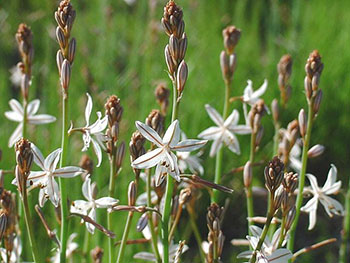Oh Exotic One – Who Are You?
By Environmental Management System
December, 2013

Photo courtesy of Dionysia
It seems that not a week passes without some mention of Exotics or Invasives. But just what are people talking about and should we be concerned?
Two of the latest invasives to grace the news were the Emerald Ash Beetle and the Kudzu (stink) Bug. There are many other insects that qualify but the term is not restricted just to insects. It can cover a wide range of life forms – plants, animals, and even microbes (pathogens). The ones that are best known are those that affect us personally, economically, or environmentally. Many people know that the gypsy moth, boll weevil, hydrilla, Japanese stilt grass, to name a few, cause ecological problems, but can the term invasive be defined precisely in words most people would accept? Like a lot of things, it’s going to depend on who, what, when, and where (4Ws). In trying for a definition of invasives, several words come to mind like: non-native, non-indigenous, foreign, alien, introduced, surely exotic, even aggressive, over-abundant, and undesirable.
President Clinton’s 1999 Executive Order 13112, followed by the Invasive Species Advisory Committee’s Clarification and Guidance White Paper defines an invasive species as: “A species that is non-native to the ecosystem under consideration and whose introduction causes or is likely to cause economic or environmental harm or harm to human health.” A definition from Wikibooks goes on to state, “Generally, this term refers to a subset of plants or animals that are introduced to an area, survive, and reproduce, and cause harm economically or environmentally within the new area of introduction.” According to Jeschke, et al., to be native, the organism had to be established before year 500 in America.
So an invasive is an exotic - an outsider gone rampant, having increased in numbers to a point of changing existing ecological and economic relationships. Harm outweighs benefits.
A good introduction to exotic invasives can be found locally at Plant This Not That PDF, a collaboration between United by Art and Johnny Randall, North Carolina Botanical Garden, The University of North Carolina.
References
- Jeschke, J. M., and D. L. Strayer. 2005. Invasion success of vertebrates in Europe and North America. Proceedings of the National Academy of Sciences 102(20):7198-202. [Abstract]
- WikiBooks: Ecology/Invasive Species Glossary
- Legal Definitions - Executive Order 13112
USDA. NAL. National Invasive Species Information Center. - Invasive Species Definition Clarification and Guidance White Paper
Submitted by the Definitions Subcommittee of the Invasive Species Advisory Committee (ISAC), Approved by ISAC Apr 27, 2006. Published in Invasive Plant Science and Management 1(4):414-421. 2008.

